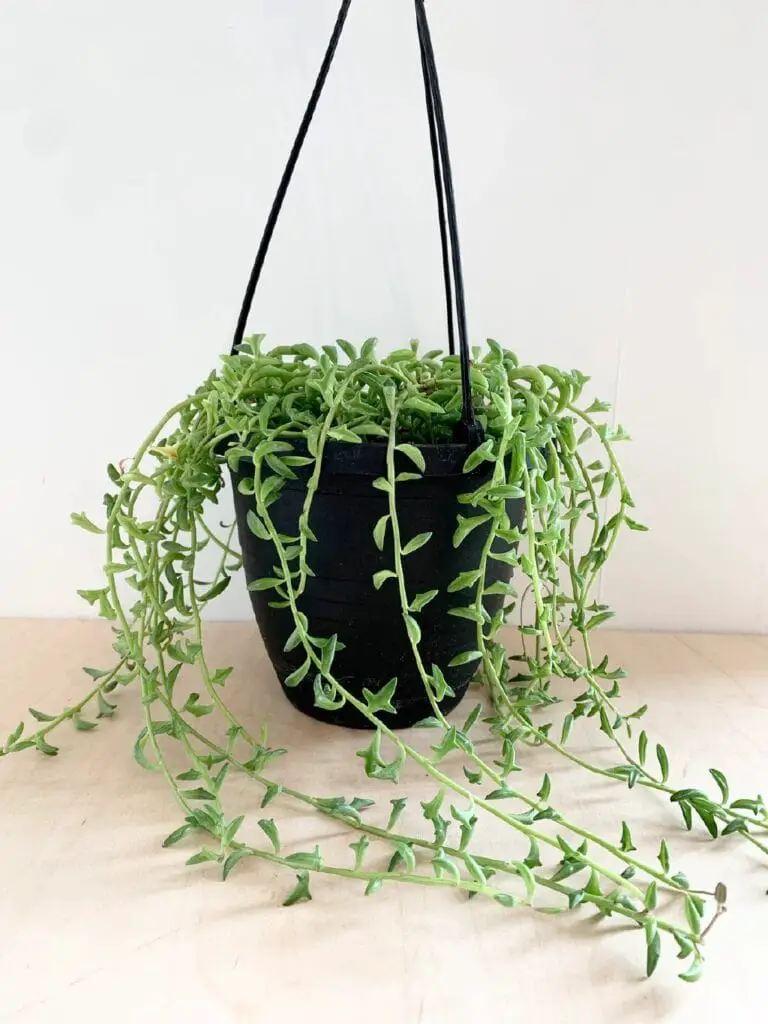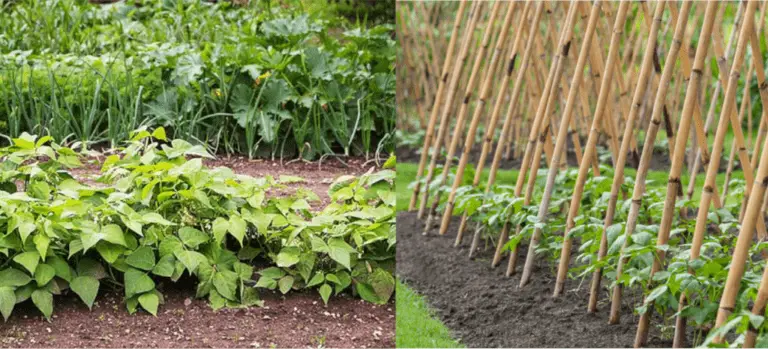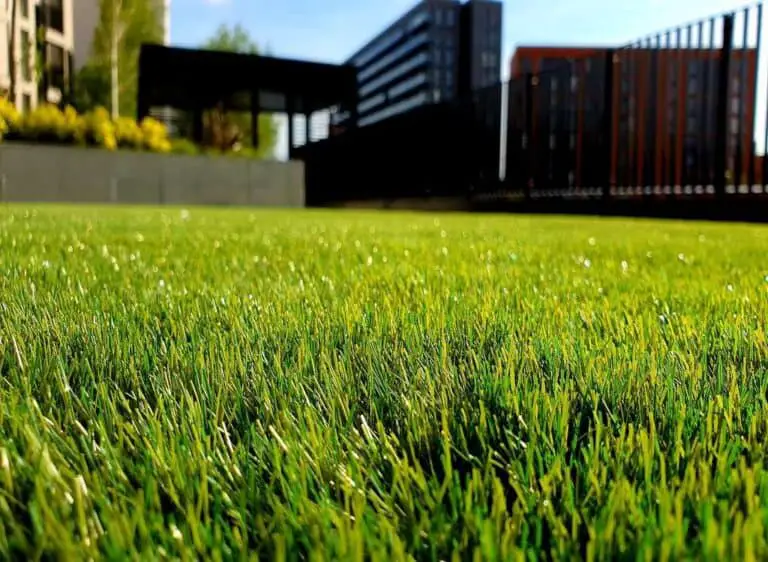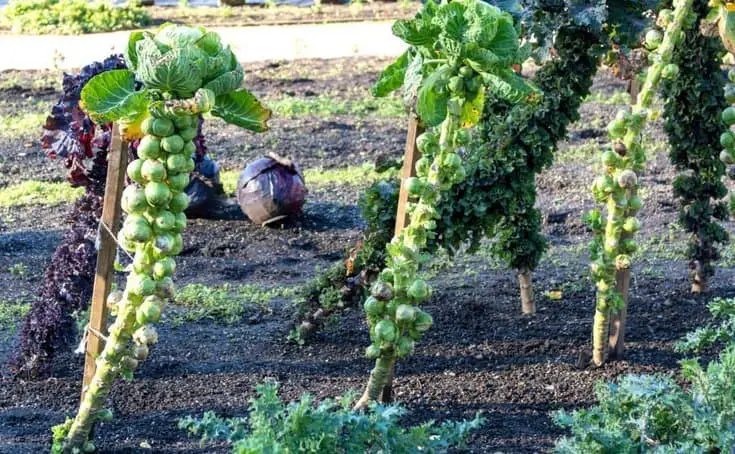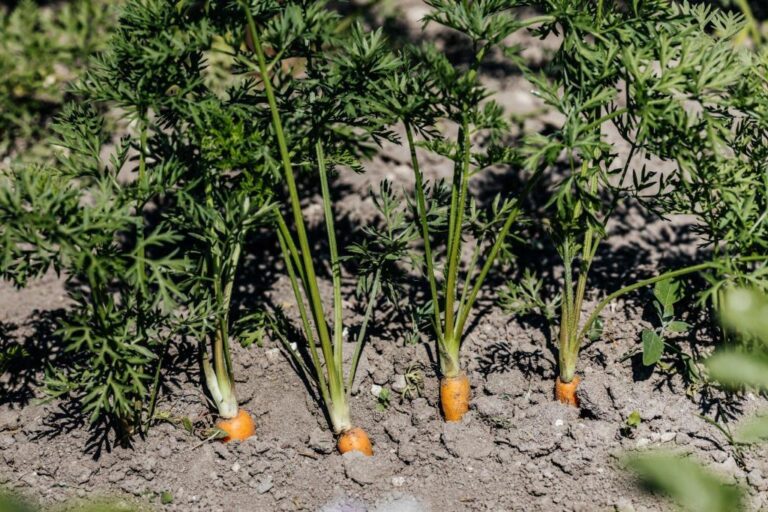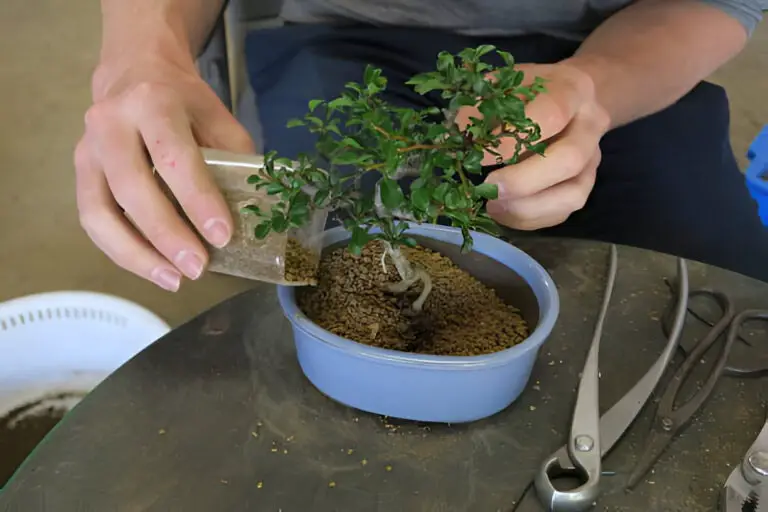Why Your Tree’s Crown Canopy Matters—And How to Keep It Strong
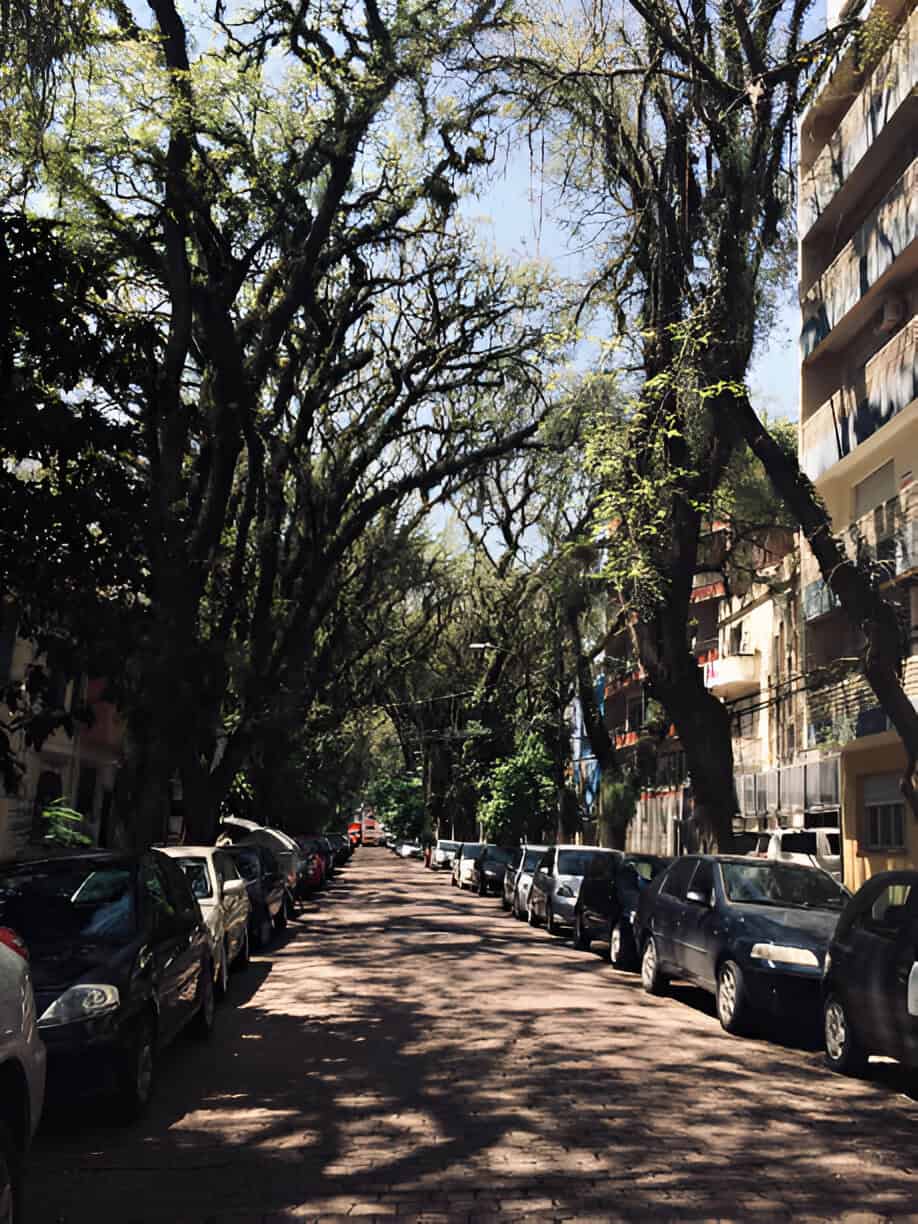
Trees are the silent guardians of our yards. They provide shade on hot summer days, boost curb appeal, and act as nature’s air filters. However, the crown canopy of a tree is often overlooked until a problem occurs.
Consider the crown canopy as the tree’s protective shield, its primary source of photosynthesis, and its primary barrier against environmental challenges. If you want healthy, vibrant trees, caring for their crown canopy isn’t optional; it’s essential.
What Is a Tree’s Crown Canopy?
The crown canopy refers to the uppermost part of a tree, including its branches and leaves. This is where most of the tree’s energy production occurs through photosynthesis. A strong canopy improves air circulation, enhances structural integrity, and keeps the entire tree in balance. But when neglected, the canopy can become overgrown, diseased, or weak, leading to broken branches, poor growth, and even safety hazards.
Why the Crown Canopy Matters
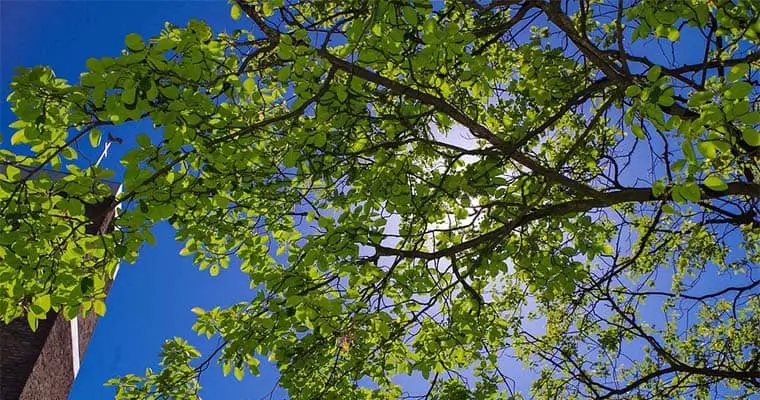
A healthy tree canopy offers numerous benefits, including:
- Shade & Temperature Control: A dense canopy provides natural cooling, reducing the need for artificial shade or air conditioning.
- Structural Support: Properly distributed branches strengthen the tree against storms and high winds.
- Wildlife Habitat: Birds, squirrels, and beneficial insects rely on tree canopies for shelter and food.
- Air Quality & Oxygen Production: Leaves absorb pollutants and produce the oxygen we breathe.
- Aesthetic Appeal: A well-maintained canopy enhances the beauty of your landscape.
| Benefit | How It Helps Your Tree & Yard |
| Shade & Cooling | Lowers surrounding temperatures & energy costs |
| Structural Strength | Prevents breakage & storm damage |
| Wildlife Shelter | Supports local biodiversity |
| Air Purification | Filters pollutants & releases oxygen |
| Beauty & Health | Boosts curb appeal & tree longevity |
Signs Your Tree’s Canopy Needs Care
Not sure if your tree needs a little TLC? Look out for these warning signs:
- Overgrown branches blocking sunlight or touching your house
- Dead or diseased limbs that look brittle, blackened, or weak
- Sparse or thinning foliage in areas where leaves should be abundant
- Lopsided growth from poor pruning or uneven sun exposure
- Excessive leaf drop outside of seasonal shedding
Common Threats to Tree Canopies
A tree’s crown canopy isn’t just for show—it plays a crucial role in filtering air, providing shade, and supporting wildlife. However, several threats can weaken or even destroy this leafy umbrella if left unchecked.
Environmental Factors That Affect Canopy Health
Nature has its way of testing trees, and environmental stressors can take a serious toll. Common threats include:
- Pests: Insects like aphids, caterpillars, and borers feed on leaves and bark, leading to canopy thinning.
- Diseases: Fungal infections such as anthracnose or root rot can cause leaf loss and structural weakness.
- Extreme Weather: Strong winds, heavy snowfall, and prolonged drought can break branches or stunt growth.
Human Activities That Damage Canopies
While nature presents challenges, human actions often pose the biggest risks. Poor pruning practices, construction near root zones, and soil compaction from foot traffic can significantly weaken a tree’s canopy. Pollution and chemical runoff also contribute to leaf damage and reduced growth.
Strategies for Protecting Your Tree’s Canopy
Taking proactive steps can help maintain a tree’s health:
| Threat | Mitigation Strategy |
| Pests & Diseases | Regular inspections, organic treatments |
| Extreme Weather | Support braces, deep watering before drought |
| Human Interference | Proper and effective tree pruning, limiting soil disturbance |
By staying vigilant and providing proper care, you can help your trees maintain a strong and vibrant canopy for years to come.
How to Keep Your Tree’s Crown Canopy Strong
Taking care of your tree’s canopy doesn’t have to be complicated. A little maintenance goes a long way in keeping your trees healthy and thriving.
1. Prune with Purpose
Regular pruning removes dead, weak, or diseased branches, improving airflow and reducing the risk of breakage. Follow these tips:
- Timing is key: Prune in late winter or early spring for most species.
- Use sharp tools: Clean cuts heal faster and prevent disease.
- Avoid over-pruning: Removing more than 25% of the canopy at once can stress the tree.
2. Water Wisely
A deep, consistent watering schedule supports canopy health, especially during dry spells.
- Water at the base rather than spraying leaves.
- Provide slow, deep watering to encourage strong root development.
- Avoid overwatering, which can lead to root rot and canopy decline.
3. Feed the Foliage
Healthy leaves mean a healthy tree. Feed your tree with the right nutrients:
- Compost or mulch: Adds organic matter to the soil.
- Slow-release fertilizers: Provide steady nourishment.
- Micronutrients: Ensure balanced growth and disease resistance.
4. Protect Against Pests & Disease
Pests, fungi, and aphid infestation can weaken a tree’s canopy, leading to defoliation and dieback.
- Regularly inspect for signs of damage, such as holes in leaves or unusual spotting.
- Encourage natural predators, like ladybugs and birds.
- Apply organic fungicides or pest treatments if needed.
5. Give It Space
Ensure your tree’s canopy has room to expand naturally.
- Avoid planting trees too close to structures or other trees.
- Thin out competing branches to maintain a balanced shape.
- Remove invasive vines or plants that choke the canopy.
| Check out: What to Put Around Your Large Tree to Protect Roots and Enhance Growth |
Crown Canopy Thinning and Lifting
Crown canopy thinning is a crucial process in tree maintenance to protect them from overgrowth and wind resistance. Overgrown canopy restricts light and increases wind resistance, preventing sunlight from reaching plants or bushes underneath it.
To prevent this, it is recommended to thin the crown and canopy regularly by selectively trimming and cutting branches throughout the canopy. This topping tree procedure allows more sunlight and wind to pass through, protecting the tree from damage.
Crown canopy lifting is another essential step in tree maintenance, involving the removal of lower branches towards the base of the tree to make the tree appear taller. This is often performed around commercial buildings and office complexes to provide pedestrian access.
Crown canopy lifting also has positive benefits for the tree itself, such as greater light induction around the trunk and faster growth of dormant buds. It is advisable to lift no more than 1/3 of the tree’s height when lifting, as lifting higher may create an awkward appearance.
In summary, crown canopy thinning, lifting, and pruning are essential steps in tree maintenance to ensure optimal growth and health.
Final Thoughts
Your tree’s crown canopy isn’t just a collection of branches and leaves—it’s the heart of its health and longevity. By pruning smartly, watering deeply, and feeding wisely, you’ll ensure your trees remain strong, beautiful, and beneficial for years to come. Your leafy giants will remain tall tomorrow with a little effort today. So, grab your pruning shears and show your trees some love—they’ll return the favor with shade, beauty, and fresh air for generations to come!

